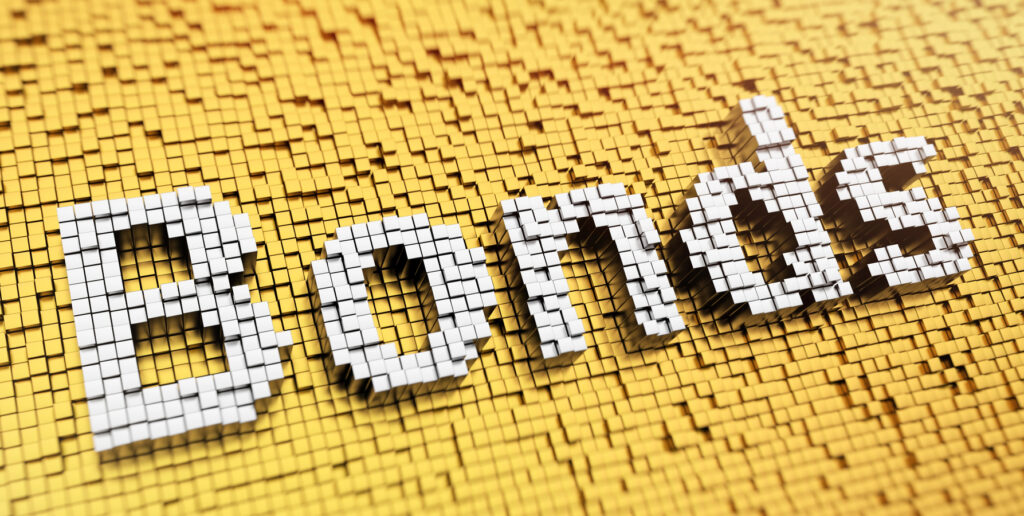
When you’re retired—or getting close—your financial priorities often shift. You’re no longer focused on chasing big returns, but rather on preserving what you’ve worked so hard to build and making your money last. That’s where bonds come in.
If you’re new to bonds, don’t worry. You’re not alone. Many retirees have heard the term but don’t really know what bonds are or how they work. This article will break it all down for you in plain English and show you why bonds can be one of the smartest, most dependable pieces of your retirement income puzzle.
What Are Bonds, Really?
Think of a bond like a loan—but in reverse. Instead of borrowing money, you are the lender. When you buy a bond, you’re loaning your money to a government or a corporation. In return, they promise to pay you regular interest (called a coupon payment) and eventually give you your money back at a set date in the future (called the maturity date).
It’s kind of like earning rent on your money.
How Bonds Differ from Stocks
Here’s a simple way to look at it:
Stocks represent ownership in a company. If the company grows, your investment grows. But if it tanks, your money could go with it.
Bonds represent a loan to a company or government. You’re not betting on growth—you’re expecting your money back, plus interest.
Stocks are more volatile. Bonds are generally more stable.
In retirement, that stability becomes essential.
Why Bonds Are Essential for Retirees
Bonds can play a powerful role in a retirement portfolio. Here’s why:
✅ Predictable income: Most bonds pay interest every 6 months like clockwork—providing steady cash flow.
✅ Capital preservation: Bonds are less risky than stocks. If held to maturity, you get your full investment back (assuming the issuer doesn’t default).
✅ Lower volatility: Bonds don’t bounce around as much as stocks. That makes it easier to sleep at night.
A mix of bonds and bond ETFs can help retirees weather market downturns while still generating income.
Real-Life Example: Meet Carol
Carol, 72, lives comfortably in Oregon on Social Security and some modest rental income. A few years ago, her portfolio was 100% in dividend-paying stocks. But when the market dipped and some companies cut their dividends, she realized she needed more stability.
Her financial advisor suggested shifting 40% of her savings into bonds and bond ETFs. Today, Carol earns regular interest income, her portfolio doesn’t swing wildly, and she feels more confident spending a little each month—whether it’s treating her grandkids or taking a road trip up the coast.
3 Bond ETFs Ideal for Retirees
If managing individual bonds feels overwhelming, you’re not alone. That’s where bond ETFs come in. These are funds that hold dozens or even hundreds of bonds, giving you instant diversification and ease of use. Here are three that are especially suited for retirees:
🟢 iShares Core U.S. Aggregate Bond ETF (AGG)
A solid “core” bond holding.
Includes government, corporate, and mortgage bonds.
Offers broad exposure with relatively low risk.
Great for general income and stability.
🟢 Vanguard Short-Term Bond ETF (BSV)
Holds high-quality short-term bonds (typically 1–5 years).
Lower interest rate risk, making it ideal if you’re worried about rising rates.
Provides steady, modest income with lower volatility.
🟢 iShares iBoxx $ Investment Grade Corporate Bond ETF (LQD)
Focuses on corporate bonds from well-established companies.
Higher yield than government bonds, but with more risk.
A smart option if you’re seeking a little more income but still want quality holdings.
Final Thoughts: Bonds Give You Peace of Mind
You don’t have to be a Wall Street expert to make smart investment choices in retirement. Bonds—and bond ETFs—offer a simple, steady, and secure way to generate income and protect your nest egg.
Whether you’re just learning the ropes or fine-tuning your portfolio, it’s never too late to embrace the power of bonds.
Let your money work quietly in the background while you focus on enjoying retirement to the fullest.
Note: This article is an excerpt from my book “Retirement Income Machine: How to Invest in Bonds for Steady Income”—a friendly, easy-to-follow guide designed especially for retirees who want safe, dependable income. If you enjoyed this post and want to dive deeper into building a bond-based retirement portfolio, you can find the full book on Amazon.com, available in both Kindle and paperback formats.